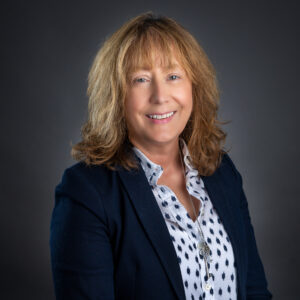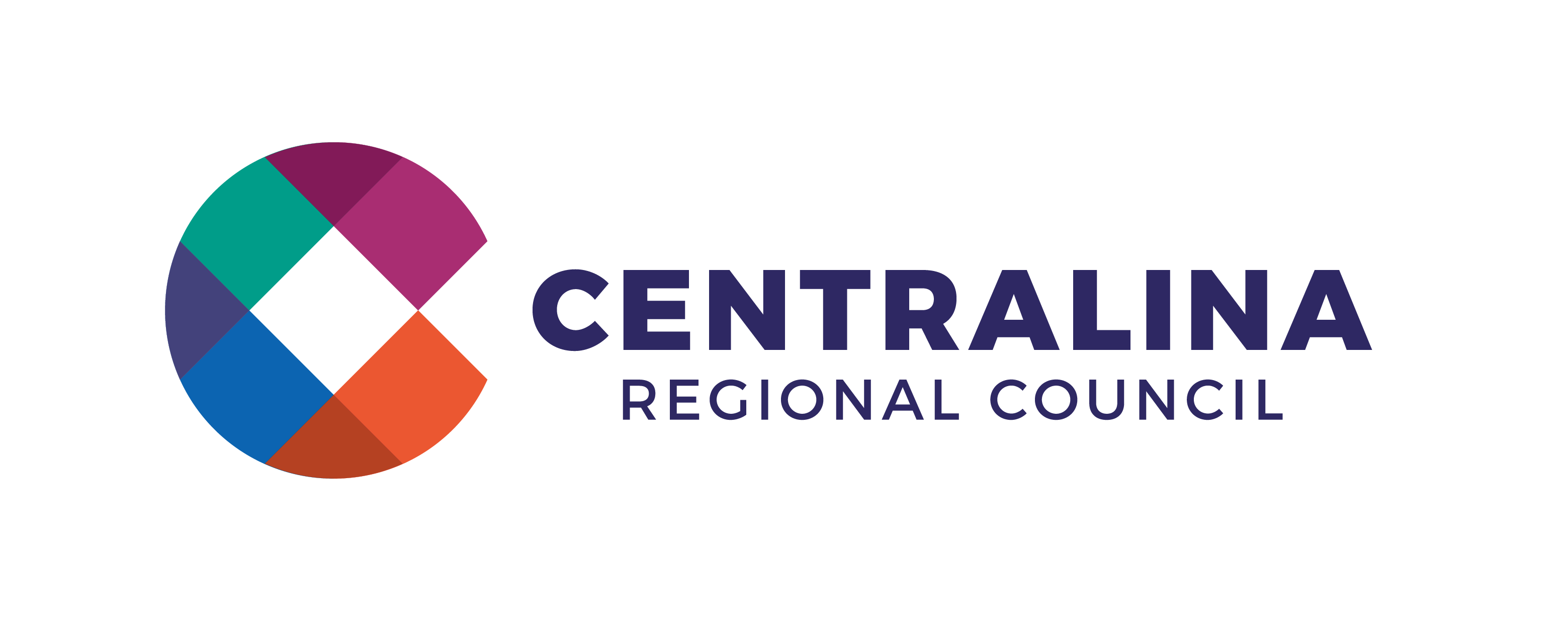Linda Miller is the Director of Centralina Area Agency on Aging. She has more than 30 years of experience in the aging field and has been a part of the Centralina team for 25 years. Linda was instrumental in developing Centralina’s evidence-based health program that has been delivering wellness programs in the community since 2007. We sat down with her to learn more about her on a professional and personal level, along with her tips and resources for others working in the aging field.
 Tell us something about yourself that we may not know.
Tell us something about yourself that we may not know.
I started my career at Centralina as a Long-Term Care Regional Ombudsman for almost nine years. Working with residents living in facilities really gives you an appreciation for community-based care and how everyone would prefer to live in the least restrictive environment as they age.
What are your necessities to get through the day?
Chocolate and smiling faces.
Share something exciting that you and your team are working on.
We are delivering more and more direct services to help fill in the gaps such as falls prevention and home repairs to ensure safety and reduce falls risks. So many older adults suffer from a fall at home, and it is completely avoidable. We want to look at their environment so that we can remove those risks and make the necessary repairs, help with equipment such as grab bars that increase safety and then keep them active and healthy with falls prevention workshops and classes. We want a comprehensive and person-centered approach to fall prevention.
What are your goals as Centralina AAA Director this year?
Expand our role for direct services in areas where there is need and expand our capacity for sustainable funding sources.
Favorite inspirational quote?
One of my favorites is “culture eats strategy for lunch.” You can do all the planning and developing a strategy at a high level you want, but if the people who are supposed to implement the change or the plan aren’t passionate about it or believe in it – then it will never work. It’s all about the people and the culture you’ve developed at your workplace.
What has been the most transformative moment of your career to date and why?
My promotion to the Centralina Area Aging on Aging Director position. This has provided the biggest challenges in my career and also forced me to expand skills and knowledge in areas needed in a leadership role.
What accomplishment from your time at Centralina are you most proud of and why?
Getting through the past two years during the Covid-19 pandemic has been something our entire Centralina staff should be proud of. We have shown a resiliency and dedication that I think surprised all of us. I was so proud of all the hard work our staff did despite so many challenges and curve balls.
You have been with Centralina for 25 years. How has Centralina AAA changed in that time?
The most obvious is that we have grown, with the aging department almost doubling in size. I would say another big change is that we have more staff with “specialty” areas. As we have grown, this has allowed us to focus more on specific programs or issues as well as develop new programs.
How do issues facing older adults in our region compare with other regions in N.C. or other states?
Issues and challenges for older adults in our region are remarkably similar to those across North Carolina and in other states. I have been here long enough to see that healthcare is always a priority issue. Having access to physicians and hospitals and having quality, reasonable care is an ongoing challenge – especially in rural areas.
When we collect data for our area plan every four years, the lack of transportation, access to food and nutrition services and supportive services and care in the home always come up as the top needs. Sadly, the funding needed to provide these much-needed services just is not enough. That’s why we see such consistency when we do community needs assessments.
What current issue facing older adults are you most interested in? How can Centralina play a role in responding to this challenge?
Despite all the data and advocacy efforts, I still don’t think that our communities are prepared for the numbers of older adults and their needs. We must have communities that are as supportive as possible and make it a priority to maintain older adults in an environment where they thrive.
I believe that Centralina AAA can help our members with developing aging plans in their communities to help them prepare as much as possible now and in the future.
What tools would you recommend for an aspiring leader in aging services?
Take advantage of the many coalitions and membership organizations locally, statewide and nationally. Attend conferences and be active in your professional community. I learn so much when I learn from my peers and similar aging organizations about innovative practices and how to replicate new programs.
What resources do you utilize to stay informed of aging-related news in our region?
I rely on both the N.C. Division of Aging and Adult Services and our federal agency, the Administration for Community Living (ACL) a great deal. ACL in particular does a great job informing us of the latest news, programs and advocacy. They communicate on a daily basis if you sign up for newsletters, blogs and frequent webinars. Membership organizations such as USAging and the Southeastern Association of Area Agencies on Aging provide cutting edge information and best practices. I am on several boards that do a very thorough job of keeping the board members educated and informed.
I always say that we can’t help our regional aging service providers deliver quality and innovative programs if we aren’t knowledgeable about what’s happening in the field of aging.




